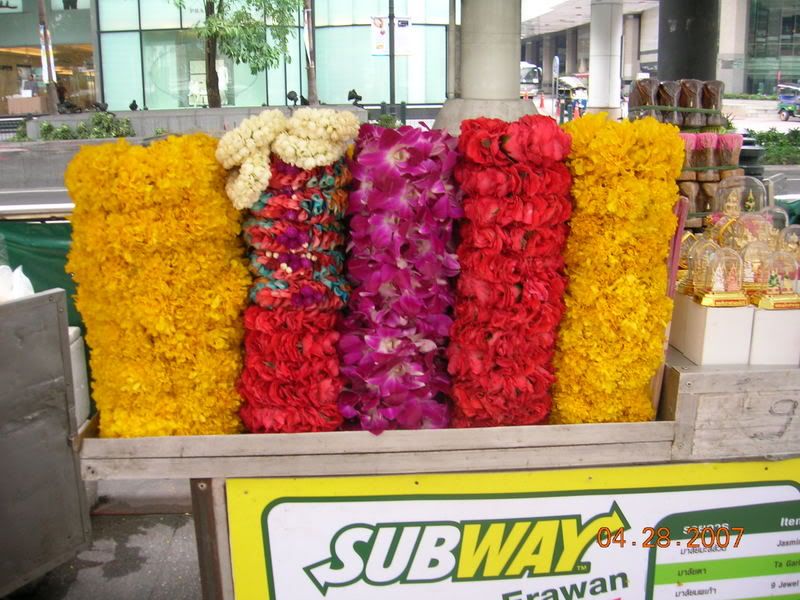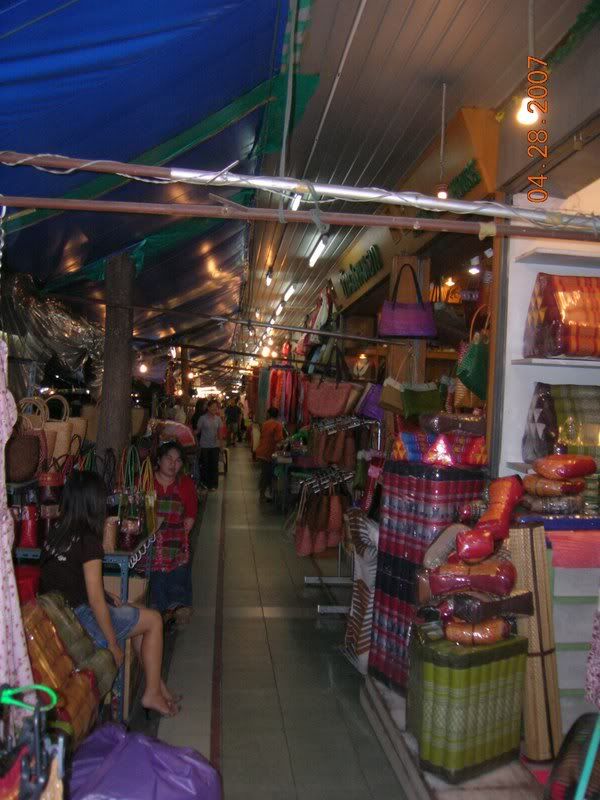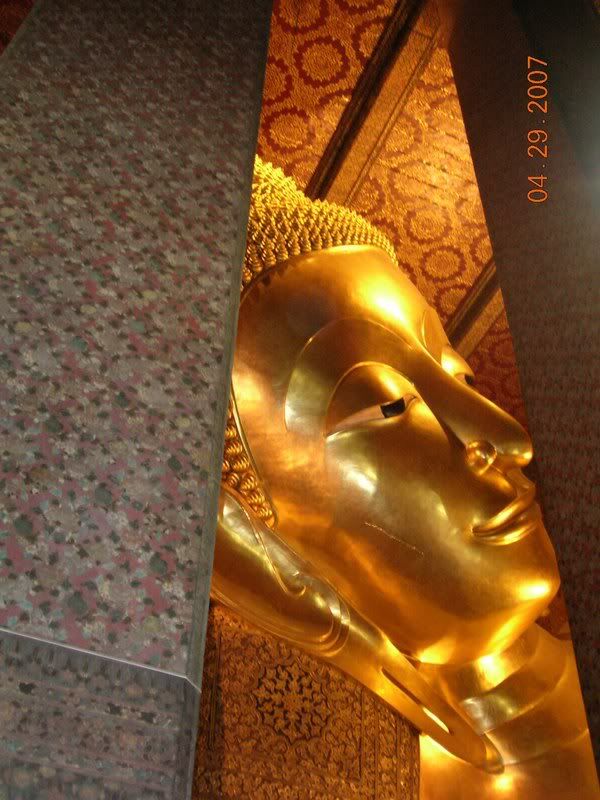Lady N had the largest
kumkum in the brightest shade of red I had ever seen on any one's forehead. It was at least one and a half times the size of a 50
paisa coin. Her heavily oiled hair was always combed back severely in a bun at the back of her head. Her sari, almost always some shade of green, was draped in the nine-yard style, with no petticoat and the folds going front to back between her calves, pant-style. Her eyes were heavily lined with
kaadige (
kaajal). Huge diamond studs adorned ears and nose. Her hands and legs were soft and wrinkly, the soles of her feet cracked from walking barefoot.
To me, Lady N was larger than life.
A dear friend of my maternal grandmother, Lady N was probably well into her sixties when I first met her as a five year-old. She had the courage and the confidence to do what even my grandmother, a lady of formidable capabilities herself, would not do. She bathed newborn babies.
This was not uncommon in most households - one or two ladies in the community would help out families with newborns with the bathing. Even today this practice is quite prevalent, particularly in the rural areas.
My earliest memory is of Lady N arriving every day in the middle of the morning at my
grandmother's house in Mysore to bathe my new baby brother and then my cousins. She would come with a small cloth bag in her hand containing a bottle with a special blend of four oils which she would use to massage the baby, and a soft cotton saree which she would change into before handling the baby. Prior to her arrival, my grandmother would have the rest of the paraphernalia ready - hot (and I mean hot) water, corn flour, baby powder, powdered
saambhrani, some coal, a small, round wicker basket and
kaadige, a small spot of which would go on the baby's cheek and forehead to "ward off the evil eye".
After thoroughly massaging the baby for about half an hour (by which time the baby would either be bawling or getting ready to fall into a state of stupor depending on your luck), he would be taken to the smoky, steamy, slightly aromatic bathroom off of the kitchen in the back of the house.
The bathroom, made entirely of stone, brick and cement, was huge by today's standards. At the top left corner of the bathroom was a square protrusion from the wall made of concrete, about five feet by five feet. It contained a huge metal bowl within it which would be filled with water and heated from the bottom by a wood-burning fire. At the top right corner was a section of the bathroom lower than the rest by about two feet with a stone floor reserved for bathing.
Lady N would sit on this stone floor with her back to the wall and her legs stretched out together in front of her and receive the baby from my grandmother. The baby would go face down, head facing Lady N's feet and Lady N would start pouring water over the baby's body. With sure arms, Lady N would wash off the oil with a mixture of the corn flour and water, flipping the baby deftly from his front on to his back. Torso first, then arms and legs, then the face and finally the head.
Washing the hair is always the tricky part, especially with a newborn because, obviously, the neck is not strong yet and needs to be supported at all times. With her palm elongated to form a visor and the forehead secured in the crook of her palm between her thumb and forefinger of her right hand, Lady N would pour water on the baby's head with the left. One hand supporting, one hand scrubbing and washing. As a final act, Lady N would scoop up a container full of water, move her arms around in a circular motion in front of the baby three times and pour the water on to the bathroom floor, again to ward off the evil eye.
The actual bath only lasts a few minutes and the baby would then be handed over to my grandmother to be towelled off. Lady N would change back into her dry clothes in the meantime and would settle down on the floor of the "hall", one of the main rooms of the house to dry the baby's body and hair with the
saambhrani.
Saambhrani is a fragrant material which when burnt on coal gives off aromatic smoke. The wicker basket would go over a plate of burning coal with the
saambhrani sprinkled on top. The baby would be held with both arms over the basket and slowly moved back and forth. The warm smoke would swirl around the baby, warming the baby's body and hair and drying up any remaining pockets of dampness that the towel had left untouched.
Then, voilà! A clean, fragrant, hopefully extremely sleepy baby would be handed off to the mother.
Many years later, my mother came to the US when Big N was born. All the baby books showed pictures of babies being bathed in the kitchen sink.
In the kitchen sink! Having come from a culture where there were at least three people hovering over the baby during bath-time, what a let down that was for my mother.
But she rose to the occasion. Never having bathed a newborn before, she swallowed all her fears and trepidations and stepped into a super smooth jacuzzi to bathe her first grandchild. Step by step, she tried to recall Lady N's motions, deriving comfort from her confidence although Lady N was long dead by then. It was heartbreaking and inspiring to see my mother trying so hard to learn something so totally new in such a stressful situation. By the end of the first week, she was actually good at it.
She had carried
dhoop sticks (not the incense sticks - these were thick and about a forefinger long), the new-fangled substitute for
saambhrani, with her all the way from India, but there was no sitting in the "hall" or in any other room in the house. There were smoke alarms to consider. So off we went into the garage, the poor baby! It was too cold to carry him out with no clothes on, so it was only his hair that got the
dhoop treatment.
These days, with no grandmothers in sight, these are the implements I resort to to give Little N a bath:

A reclining bathing seat made entirely of plastic. A far cry from a grandmother's lap, for sure.

A mug with a soft rubbery edge that wraps around the forehead so all the water falls back on the baby's head and not over her face. It doesn't work very well, actually. The baby's head needs to be tipped back and held there, which is uncomfortable for her neck, I feel. It might work better on older children.
The only feature of Lady N's bath ritual that is left standing is the mug full of water circulated three times in front of Little N's face and poured down the drain. It's not much but it's comforting enough.




















